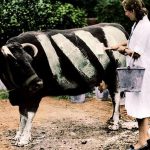The Tiny Deer That Could: Queens Zoo Welcomes the World’s Smallest Deer, the Pudú
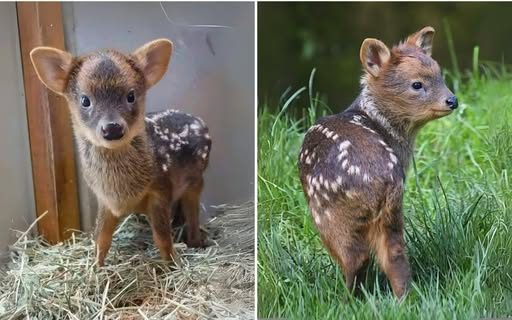
The Queens Zoo in New York thrilled the world with an astonishing announcement: the birth of the tiniest deer species on Earth—the pudú. Measuring only a few inches tall and weighing less than three pounds at birth, this miniature marvel could fit in the palm of your hand. Beyond its undeniable cuteness, this tiny deer represents a beacon of hope for conservationists and endangered wildlife worldwide.
A Deer So Small, It’s Almost Magical
Pudús may be diminutive, but they are perfectly adapted to their forest habitats. At birth, these tiny fawns resemble little woodland fairies, with soft reddish-brown fur and delicate white spots. Adults remain incredibly small, standing only 12 to 15 inches tall and weighing 6 to 10 pounds, making them the smallest deer in the world. Their compact size allows them to thrive in dense, temperate forests where they can forage for leaves, shrubs, and small fruits while evading predators.
Though shy and solitary, pudús are highly alert, relying on scent marking and keen senses to navigate their environment. Being primarily crepuscular, they are most active in the early mornings and late afternoons, carefully avoiding threats such as pumas and wild dogs.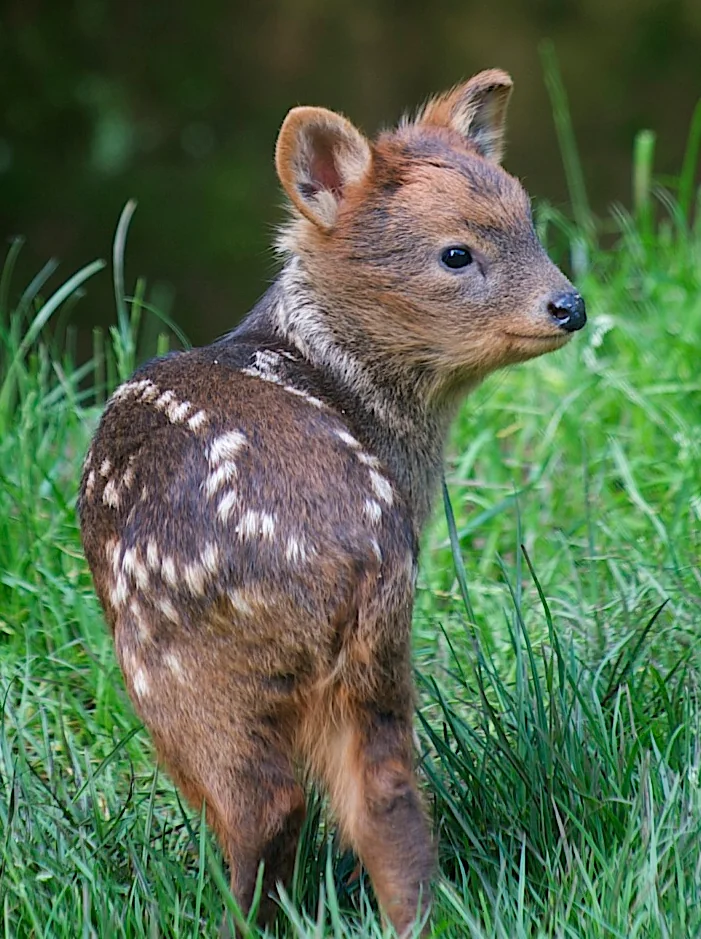
The Conservation Significance of the Pudú
Despite their charm, pudús face serious threats in the wild. Native to the temperate rainforests of southern Chile and Argentina, their habitats have been fragmented due to deforestation, agriculture, and human development. Poaching and illegal logging further endanger this delicate species. The International Union for Conservation of Nature (IUCN) currently lists the pudú as “near threatened,” a warning that their survival may soon be at risk if action isn’t taken.
Zoos to the Rescue: How Queens Zoo Is Making a Difference
The birth of this pudú fawn is more than a heartwarming story—it is a triumph of conservation. Zoos like Queens Zoo play a crucial role in protecting endangered species through captive breeding programs. These programs ensure genetic diversity, help grow healthy populations, and provide opportunities to study the species’ behavior and biology, ultimately supporting their reintroduction into the wild.
Queens Zoo goes further by raising public awareness through educational exhibits, workshops, and interactive programs. By highlighting the tiny pudú, the zoo inspires visitors to care about biodiversity and understand the fragile ecosystems these animals rely on.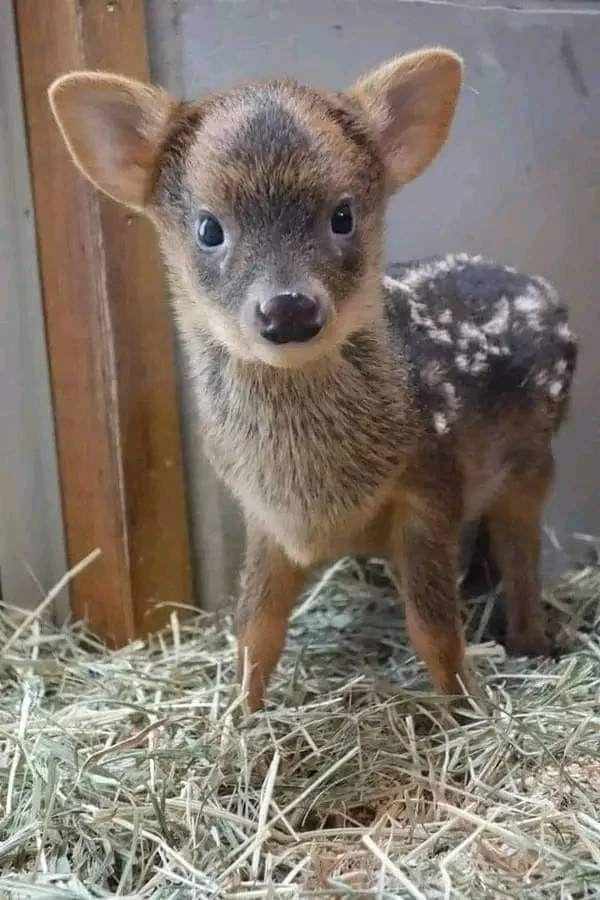
Tiny But Mighty: Fun Facts About the Pudú
Pocket-Sized Wonder: Pudú calves can fit in the palm of a hand at birth.
Expressive Features: Large, wide eyes and ears give them an almost cartoon-like charm.
Forest Dwellers: They spend their lives in dense, humid forests, feeding and hiding from predators.
Shy Yet Resilient: Despite their size, pudús have survived for millions of years by being adaptable and cautious.
How You Can Help
Even the smallest actions can make a difference. Supporting pudú conservation can be as simple as:
Visiting and supporting zoos with conservation programs like Queens Zoo.
Donating to wildlife charities focused on habitat restoration.
Advocating for sustainable forestry and eco-friendly practices.
Spreading awareness about the pudú and its plight.
Tiny Deer, Huge Impact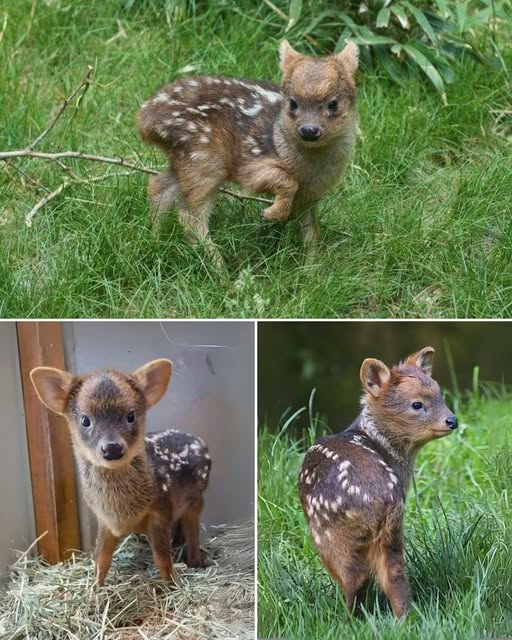
The birth of the pudú at Queens Zoo reminds us that conservation isn’t just about protecting the largest or most famous species. Every creature, no matter how small, plays a vital role in maintaining the balance of our ecosystems. This little deer, with its tiny stature and gentle nature, is a powerful symbol of hope for endangered species around the world.
By acting collectively—through awareness, protection, and sustainable practices—we can ensure that the pudú doesn’t just survive, but thrives for generations to come.






